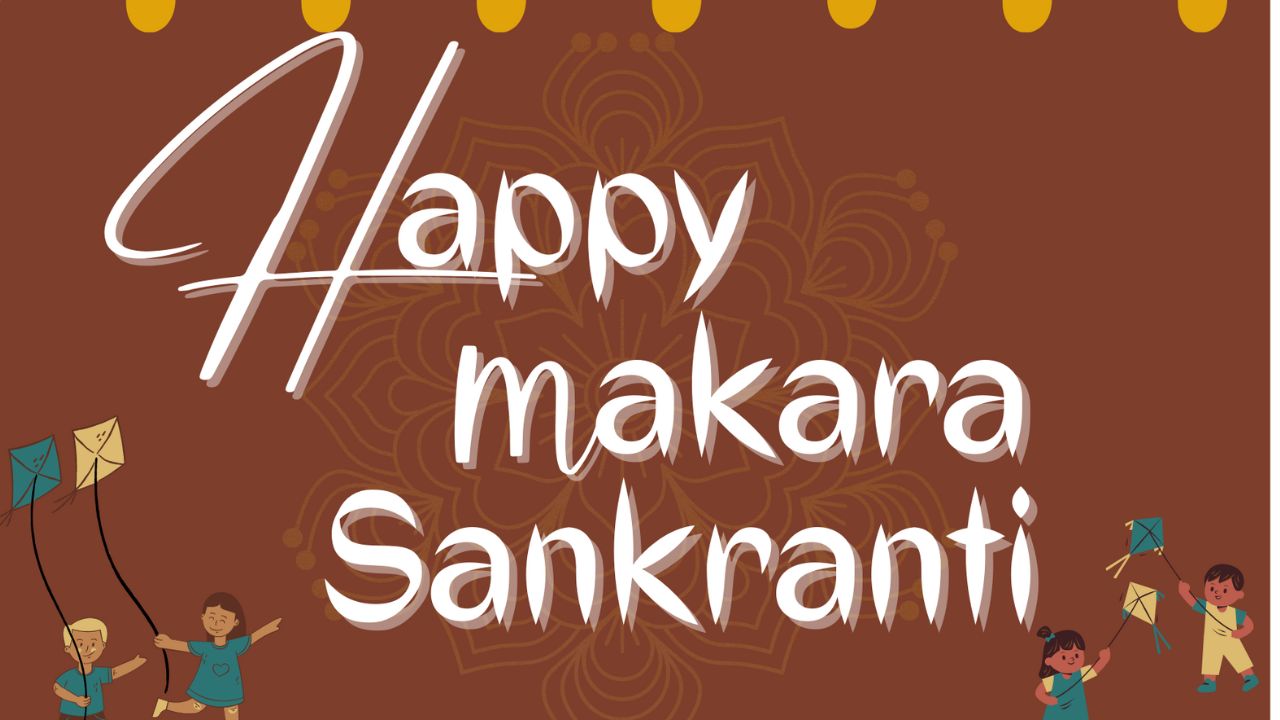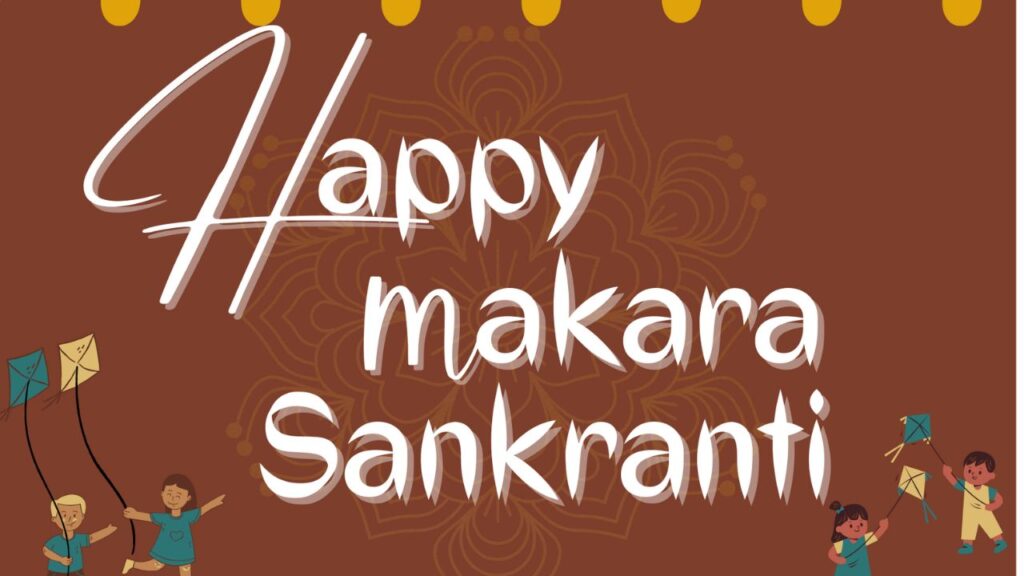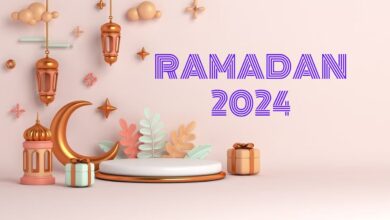Makar Sankranti: Celebration Across the Country

Hello friends, Makar Sankranti is a festival that is celebrated across India but in different ways, every state has its significance and meaning. In this article, you’ll get to know the ways it is celebrated in different states across the world. We’ll also learn the rituals performed during the gatherings, and see how they gather community all together.
Makar Sankranti, the festival marking the transit of the Sun into Capricorn, holds a special place in the hearts of millions of people in India. Celebrated under different traditions and names in different states, the festival reflects the rich cultural fabric of the country. Let us examine the festivals, the significance of Makar Sankranti, and the parallel festival of Lohri.
The Pan Indian Festival
Makar Sankranti is celebrated with gusto and gaiety in different states of India, each adding its unique flavor to the celebration. In the northern states it is known as Makar Sankranti, while in the southern regions, it is known as Pongal. In Maharashtra, people exchange tilgul (sesame and jaggery) and greet each other with the phrase “Til gul ghya, devh bola” symbolizing a sweet bond.
Movement of the Sun and What Symbolises
The festival signifies the end of the winter solstice and the beginning of long days. The sun goes north, bringing heat and energy. A celebration of nature, the festival celebrates the harvest season and the season of bountiful harvest.

Celebration Across Different States of India
1) Uttar Pradesh
In the northern state of Uttar Pradesh, this festival is known as Khichdi Parv. Devotees offer alms by taking holy dip in rivers, especially the Ganges. Khichdi, made from new grown grains , is a traditional dish and is offered to the deities.
2) Gujrat
Gujarat celebrates Makar Sankranti with the International Kite Festival. The sky becomes a canvas of bright eagles symbolizing the crossing of the sun. The excitement and skill displayed in the kite flying competitions add an amazing rush to the festival.
3) Tamil Nadu
In Tamil Nadu, Pongal is a joyous four-day harvest festival. On the first day, Bhogi Pongal, old possessions are burnt as a symbol of new beginnings. Subsequent days include the making of Pongal, a traditional meal of freshly roasted rice and jaggery.
4) Karnataka
The Karnataka festival, known as Sankranti, includes making colorful rangoli patterns, flying kites and exchanging ellu (sesame, coconut, and jaggery) to symbolize the sweetness of life.
5) Punjab
Coinciding with Makar Sankranti, Punjab celebrates Lohri, which marks the end of winter. Bonfires are lit and people gather to pray, dance, and sing folk songs. The festival is synonymous with local vibrancy and joy during the harvest season.
Lohri: The Festival of Punjab
Celebrated mainly in Punjab and other northern states, Lohri has cultural significance as an agricultural festival. It marks the end of summer and the beginning of long days, symbolizing warmth and the return of fertility.
The highlight of the Lohri festival is the lighting of bonfires. Families and community members gather around the fire, praying for prosperity and abundance. The flames symbolize the strength of the sun, and there are ways to show gratitude for a good harvest.
Around the bonfire, people dance the traditional bhangra and gidda, reflecting the joy and happiness associated with the festival. Folk songs that tell stories of courage and community spirit are an integral part of the festival.]
Also, Read Plan Vacations to 62 Nations Without a Visa!!!! Tap to Learn How
Lohri is incomplete without indulging in traditional festive food. Sarson da saag and makki di roti with sesame seeds and jaggery are the important dishes served on this occasion.
Lohri creates a sense of community ties. Friends and families come together to share laughs and enjoy the harvest together. The festival reinforces the idea of cooperation and mutual support in the community.
The Dual Celebration
Makar Sankranti and Lohri are separate festivals with different rituals, but they share a common thread of celebrating the harvest season and the power of light over darkness Both festivals show the importance of community, gratitude, and the cycle of life importance of emphasis.
Conclusion
Makar Sankranti and Lohri are celebrated with different rituals and festivals, reflecting the unity of diversity that defines India. The diversity of landscapes and cultures in the way these festivals are celebrated reflects the living fabric of traditions woven into the fabric of the country As the sun begins its journey north bringing warmth and hope, these celebrations are a reminder of the timeless connection between humanity and nature.



